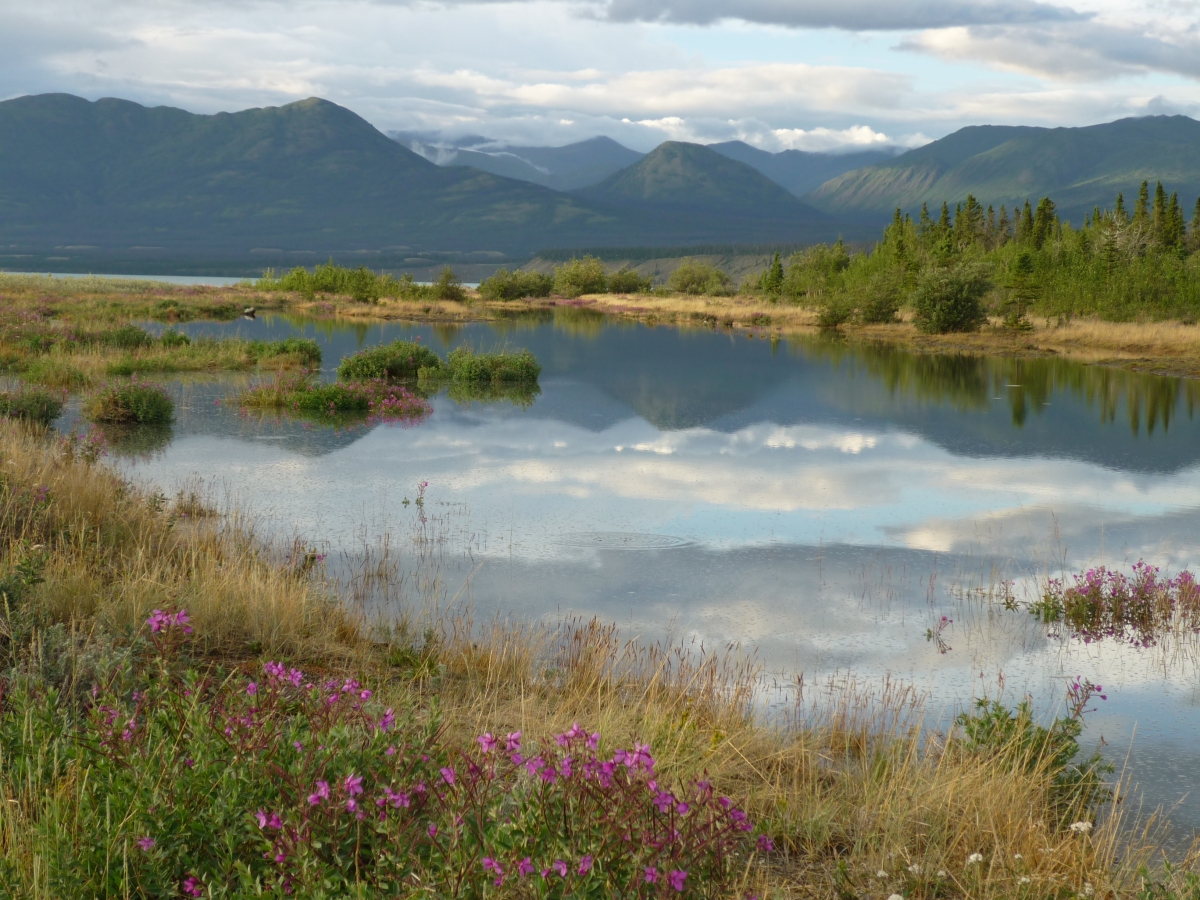
An international research team led by a McGill researcher used a simple experiment that mimics how plants and animals interact with each other – leaving seeds out for 24 hours to see how many get eaten. Seven thousand seed beds were deployed across a huge geographic scale, with 70 sites cutting across 18 mountains from Alaska to the equator.
“Theory predicts that interactions among species – like predation and competition – will be strongest in the warm, productive, biodiverse ecosystems of the tropics and low elevations,” says lead author Anna Hargreaves, an evolutionary ecologist in the Department of Biology. “For example, the spectacular diversity of tropical trees is thought to result partly from stronger interactions between plants and the animals that prey on their seeds, which shapes how and where plants grow and adapt,” adds Hargreaves, who launched the project while at the University of British Columbia’s (UBC) Biodiversity Research Centre.
Direct benefits to human society
Until recently, however, evidence for this key ecological theory was inconclusive and came from small-scale studies that used different methods.
Using consistent methods and seeds from the Arctic to equator, this new study shows that seed predation increased by 17 per cent from the Arctic to the Equator and by 17 per cent from 4,000 metres high in the Andes down to sea level. The research team replicated the 24-hour experiment several times during each latitude’s natural seed-producing period.
“These interactions form the basis of how ecosystems function and the direct benefits of those ecosystems to human society,” says Santiago David, a PhD student at UBC who ran one of the study sites in Colombia. “Understanding global patterns in key interactions between species, such as seed predation, is essential when we think about managing or restoring the ecosystems, especially in the face of climate change.”
Predation driven by insects and other invertebrates
By protecting some seeds from mammals, the researchers showed that the study’s large-scale patterns are being driven by the smallest seed predators: insects and other invertebrates.
The only other standardized experiment of comparable scale used clay model caterpillars and found that attack rates on the model caterpillars increased toward low latitudes – an interaction also driven largely by invertebrates.
“Taken together, these experiments suggest that invertebrates play an outsized role in the community dynamics and evolution of tropical and lowland ecosystems,” says Hargreaves. “And yet we know relatively little about invertebrates, for example, how climate change is affecting their populations.”
The researchers are now extending the project inland to mountains with very different climates and ecosystems at the same latitudes, to test what drives the stronger interactions.
